I've been itching to make this thread for a while now. But before I begin I want to note that this is just speculation on my part. This is not a confirmed opinion of mines, but something I am recently starting to research in. Again this is just speculation, basically a theory; though I will be posting some sources that back up some of my claims. Sources that some of you may have never seen before. I'll be arguing whether the area of the Levant or at least the southern part which was an area where the Ancient Canaanites and Hebrews lived is an extension of Africa. I've always held this view. But not about the Canaanites and Hebrews.
But before I get started, lets talk about the Sons of Ham and the roots of the Hamitic theory. Anyone who has paid attention in Bible school knows that Ham had four sons.
Part 1: Origins of the Hamitic theory
Kush(Sudan), the oldest:

Mizraim(Kemet):

Phut(Libya)

And finally Canaan(Levant):

Going by the Bible/Hebrew definition the sons of Ham were of the black race. And were apart of the Land of Ham:

From what I can see "The Land of Ham" was mostly Northeast Africa, but also extending into the Levant and some small parts of Arabia. Again from what I can see. The things of the Sons of Ham all have in common is that they were not only described as being "black" according to the bible and were mostly Northeast African, but also they had a big influence in the bible and the Sons of Ham are known for the great civilizations they had produced. Egypt being a good example. Though like I have said many times, Egypt is just a small slice in a larger pie.
From what I've seen Eurocentrics have a big obsession with the Northeast part of Africa:

Not only did Northeast Africans have a very strong presence in the bible, but also one can argue that modern world religions like Judaism, Christianity and Islam has ancestry in Africa. Which is kinda a shock to Eurocentrics/racist. Not only that but Afro-Asiatic which is said to have originated in modern Ethiopia, which people Hebrew/Arab is a branch of. Further supporting that modern religion may have ancestry in Northeast Africa. This is a BIG reason why Eurocentrics so desperately want to claim the entire Afro-Asiatic language family. I personally compare it to the Nazi's and Indo-Europeans. The Nazi's tried to claim Germanic people were the original/first Indo-European speakers and that the language originated in Germany; thus they are the "master race". Though we know Indo-European doesn't even originate in Germany or Europe for that matter, but outside Europe. IIRC probably India, Iran or somewhere near those locations. To me Eurocentric's use this same tactic with Afro-Asiatic with their Nostratic theory. Instead of AA originating in Africa, it originated among "Caucasoid" in Eurasia and thus the original speakers of AA were not Africans but them and by that they can claim Northeast African civilization and people.
Not only that but if we accept that Canaan was the son of Ham and thus black; wouldn't that mean the Phoenicians were maybe black!???? IIRC it is said that the Phoenicians were descendants from Caanites. The same Phoenicians who had direct/strong influence on the western world. Especially when it came to writing(who they in term got their writing from the Egyptians). Again this is a shock to Eurocentrics. And again is the reason why Egypt is a small slice in a larger pie.
This is why Eurocentrics want to claim all of Northeast Africans. Its the reason why they not only stopped saying blacks are cursed Hamites(but Canaan was only cursed), but also why they reversed/twisted the definition of Hamitic to no longer meaning black but non-black Caucasoid in general during the 19/20th century. After they only discovered the greatness of the children of Ham and their strong influence on the world. And because of that, they could no longer be black. Its a reason why Northeast Africans who look like this are considered Caucasoid:

But during the days of slavery blacks were considered Hamites. BUT they were cursed, due to the myth of the curse of Ham. Funny how they twist definitions to only fit their agenda. This guys is the Eurocentric Hamitic race theory in a nutshell.
But lets continue....
Part 2 in next post...
But before I get started, lets talk about the Sons of Ham and the roots of the Hamitic theory. Anyone who has paid attention in Bible school knows that Ham had four sons.
Part 1: Origins of the Hamitic theory
Kush(Sudan), the oldest:

Mizraim(Kemet):

Phut(Libya)

And finally Canaan(Levant):

Going by the Bible/Hebrew definition the sons of Ham were of the black race. And were apart of the Land of Ham:

From what I can see "The Land of Ham" was mostly Northeast Africa, but also extending into the Levant and some small parts of Arabia. Again from what I can see. The things of the Sons of Ham all have in common is that they were not only described as being "black" according to the bible and were mostly Northeast African, but also they had a big influence in the bible and the Sons of Ham are known for the great civilizations they had produced. Egypt being a good example. Though like I have said many times, Egypt is just a small slice in a larger pie.
From what I've seen Eurocentrics have a big obsession with the Northeast part of Africa:

Not only did Northeast Africans have a very strong presence in the bible, but also one can argue that modern world religions like Judaism, Christianity and Islam has ancestry in Africa. Which is kinda a shock to Eurocentrics/racist. Not only that but Afro-Asiatic which is said to have originated in modern Ethiopia, which people Hebrew/Arab is a branch of. Further supporting that modern religion may have ancestry in Northeast Africa. This is a BIG reason why Eurocentrics so desperately want to claim the entire Afro-Asiatic language family. I personally compare it to the Nazi's and Indo-Europeans. The Nazi's tried to claim Germanic people were the original/first Indo-European speakers and that the language originated in Germany; thus they are the "master race". Though we know Indo-European doesn't even originate in Germany or Europe for that matter, but outside Europe. IIRC probably India, Iran or somewhere near those locations. To me Eurocentric's use this same tactic with Afro-Asiatic with their Nostratic theory. Instead of AA originating in Africa, it originated among "Caucasoid" in Eurasia and thus the original speakers of AA were not Africans but them and by that they can claim Northeast African civilization and people.
Not only that but if we accept that Canaan was the son of Ham and thus black; wouldn't that mean the Phoenicians were maybe black!???? IIRC it is said that the Phoenicians were descendants from Caanites. The same Phoenicians who had direct/strong influence on the western world. Especially when it came to writing(who they in term got their writing from the Egyptians). Again this is a shock to Eurocentrics. And again is the reason why Egypt is a small slice in a larger pie.
This is why Eurocentrics want to claim all of Northeast Africans. Its the reason why they not only stopped saying blacks are cursed Hamites(but Canaan was only cursed), but also why they reversed/twisted the definition of Hamitic to no longer meaning black but non-black Caucasoid in general during the 19/20th century. After they only discovered the greatness of the children of Ham and their strong influence on the world. And because of that, they could no longer be black. Its a reason why Northeast Africans who look like this are considered Caucasoid:

But during the days of slavery blacks were considered Hamites. BUT they were cursed, due to the myth of the curse of Ham. Funny how they twist definitions to only fit their agenda. This guys is the Eurocentric Hamitic race theory in a nutshell.

But lets continue....
Part 2 in next post...
Last edited:
 Not only that , but Southern Canaan(Levant) is ACTUALLY apart of Africa if you like at their tectonic plates. So where does Africa really end?
Not only that , but Southern Canaan(Levant) is ACTUALLY apart of Africa if you like at their tectonic plates. So where does Africa really end?






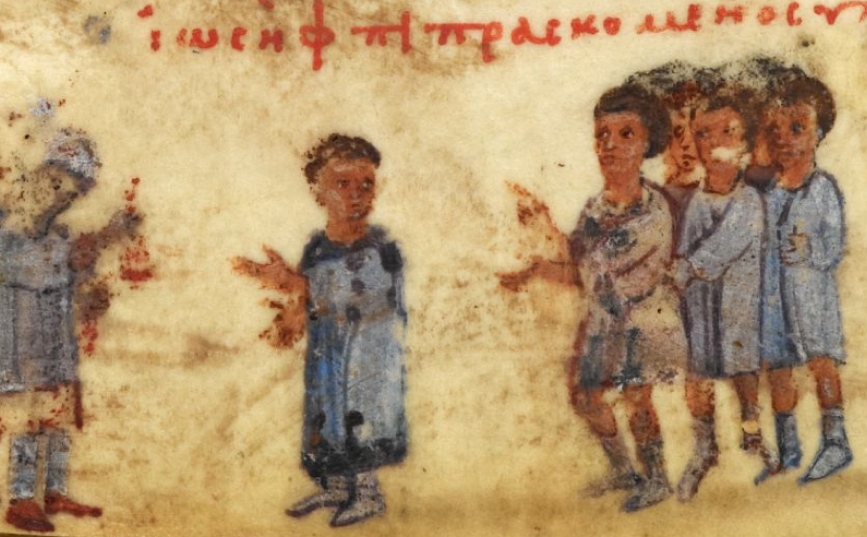

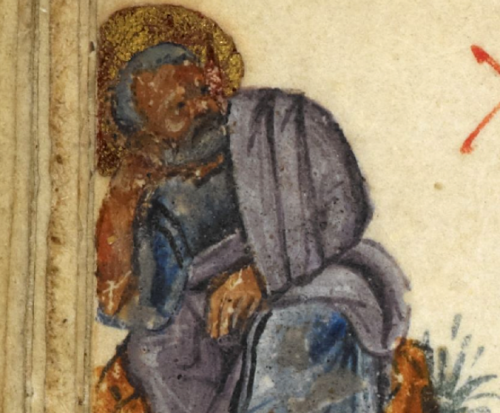
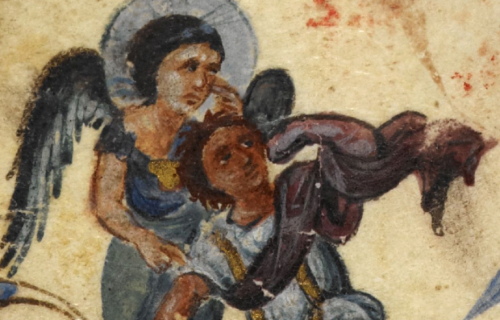
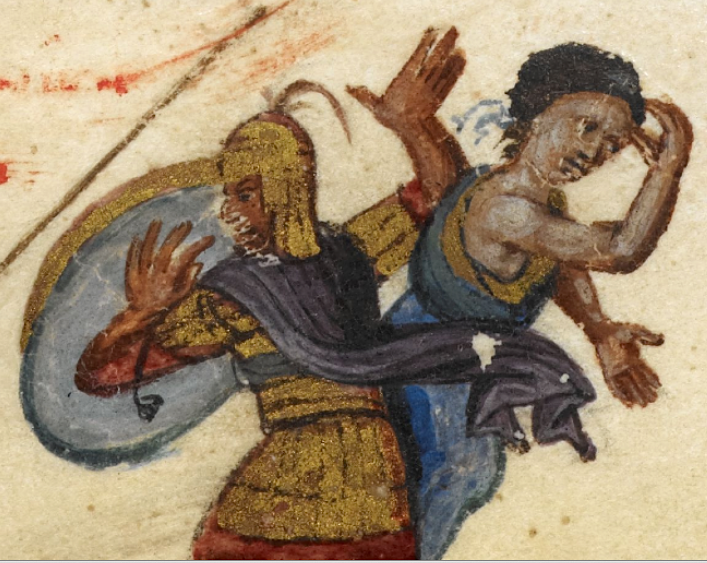
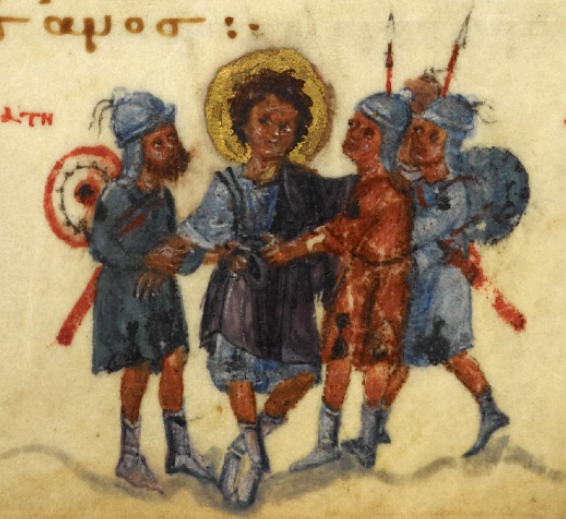
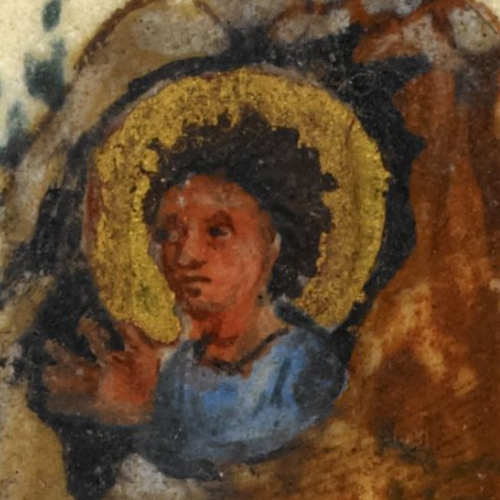
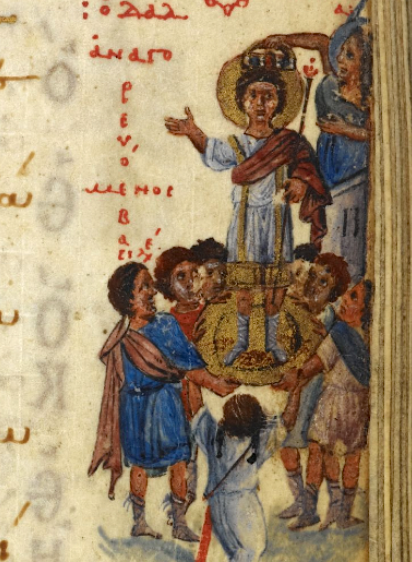

 good post breh.
good post breh.
